Nintendo has been shaping the gaming world for over four decades. From the pixel-packed days of the NES to the hybrid innovation of the Switch and with the upcoming Switch 2, the company’s consoles have defined eras, launched iconic franchises, and changed how we play. Whether you grew up with a Game Boy in your pocket or had family battles over Wii Sports, Nintendo has probably played a role in your gaming story.
Nintendo Entertainment System (NES) – 1985
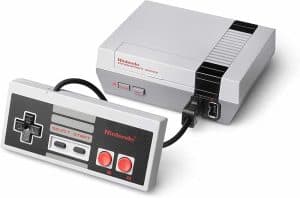
The NES not only introduced Nintendo to the world of gaming, but it also introduced the entire industry back to gaming following the 1983 video game crash after the infamous E.T. game for the Atari. Introducing us to classics like Super Mario Bros., The Legend of Zelda, and Metroid, the NES introduced us to legendary characters and franchises that still live on today.
Game Boy – 1989
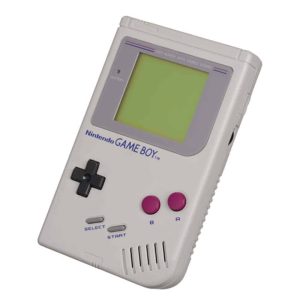
The Game Boy ushered in portable gaming. Despite its black and white screen, this durable little machine was a global sensation. Launched with Tetris, it quickly went on to be one of the best-selling consoles of all time. Games like Pokémon Red and Blue ensured it was a must-have.
Super Nintendo Entertainment System (SNES) – 1991
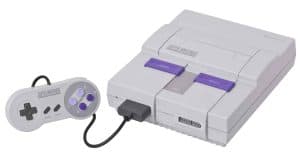
The SNES introduced 16-bit graphics and more sophisticated, engaging gameplay experiences. Titles like Super Mario World, Donkey Kong Country, and Chrono Trigger made the SNES a cherished console. The SNES also featured the debut of shoulder buttons on controllers—a subtle change with a profound impact.
N64 – 1996

The N64 was the company’s entrance into the 3D gaming scene. Through its quirky trident-shaped controller and iconic games like Super Mario 64, Ocarina of Time, and GoldenEye 007, the N64 changed how we played—and multiplayer.
Game Boy Color – 1998

Game Boy Color brought vivid colors to the portable family without compromising on backward compatibility. It re-energized the portable scene and housed classics like The Legend of Zelda: Oracle of Ages and Pokémon Crystal.
Game Boy Advance – 2001
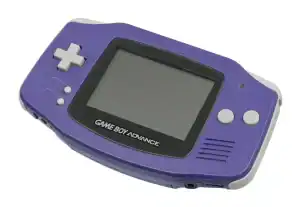
The GBA introduced 32-bit power in a portable. Featuring a massive library of both original games and SNES-style ports, it helped maintain handheld dominance. Advance Wars, Metroid Fusion, and Fire Emblem were some that helped show it off.
GameCube – 2001
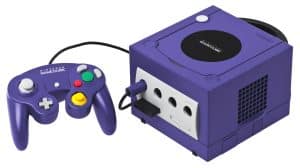
Compact, stylish, and with an innovative controller, the GameCube became a cult classic. It may not have been a market champion, but it still delivered perfection in the form of Super Smash Bros. Melee, Metroid Prime, and The Wind Waker.
DS – 2004
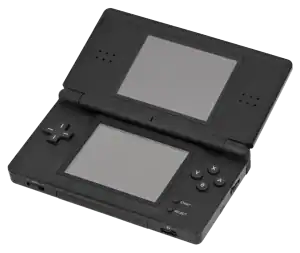
Nintendo DS innovated once again. The two screens, touch capability, and microphone enabled new gameplay mechanics. Brain Age, Animal Crossing: Wild World, and Pokémon Diamond & Pearl enabled it to become one of the best-selling consoles of all time.
Wii – 2006
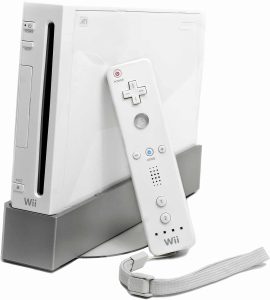
The Wii was a phenomenon, not just a console. With its motion controls and appeal to families, it brought gaming into the mainstream. Titles like Wii Sports, Mario Kart Wii, and Super Mario Galaxy made it a living room must-have.
DSi & DSi XL – 2009
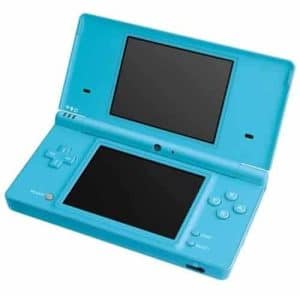
An iteration of the DS, the DSi included cameras, an online store, and more media features. That is, it was just a better and prettier DS. Not a giant leap, but it brought us to the next generation of portables.
3DS – 2011

The 3DS amazed gamers with glasses-free 3D graphics. Although 3D did not turn out to be the killer feature, the console’s robust game library made the console a success. Animal Crossing: New Leaf, Fire Emblem: Awakening, and Pokémon X & Y were huge successes.
Wii U – 2012
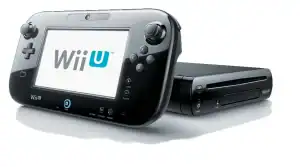
Wii U attempted to build on the success of the Wii but suffered from problems of identity and marketing. Its GamePad, a tablet-like device, was promising but took time to be put to use by developers. However, it ushered in concepts and games that would find success on the Switch, like Mario Kart 8 and Splatoon.
Switch – 2017
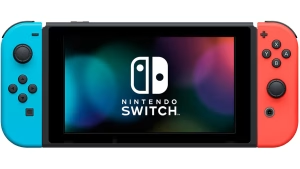
The Switch combined home and portable gaming in one streamlined system. With detachable Joy-Cons and a good library, it was a return to form for Nintendo. Games like Breath of the Wild, Tears of the Kingdom, Super Mario Odyssey, and Animal Crossing: New Horizons meant that it was a top-tier console.
Nintendo Switch 2 – 2025

Finally, after 8 years of Switch’s reign, its successor, the Switch 2, is releasing on June 5th, 2025. Its release has been long awaited, and many new hyped-up games have been released alongside it. Not only that, but it will improve upon the Switch, adding new quality-of-life features and overall upgrades. But several individuals are disappointed not so much by its price for itself, but by game prices. The industry standard was $60, and then it recently went up to $70. Not to mention, Nintendo has some of these games at a whopping $90 for a physical copy.
Final Thoughts: The Legacy of the Consoles
Nintendo has never been afraid to take risks. Sometimes, they strike big (Wii, DS, Switch). Sometimes, they bomb spectacularly (Virtual Boy and Wii U). But along the way, they’ve innovated and pushed the boundaries of what games have been possible. Whether you love them for Zelda, Pokémon, Smash, or Animal Crossing, this much is true: these consoles have changed the way the world plays.


